COMMENTARY
Historical amnesia in the age of capitalist apocalypse — and how to overcome it
Apocalypse is no longer a dark fantasy — it's the new normal. It's time to reassert human agency and fight back
By HENRY A. GIROUX
SALON
PUBLISHED MARCH 5, 2023 12:00PM (EST
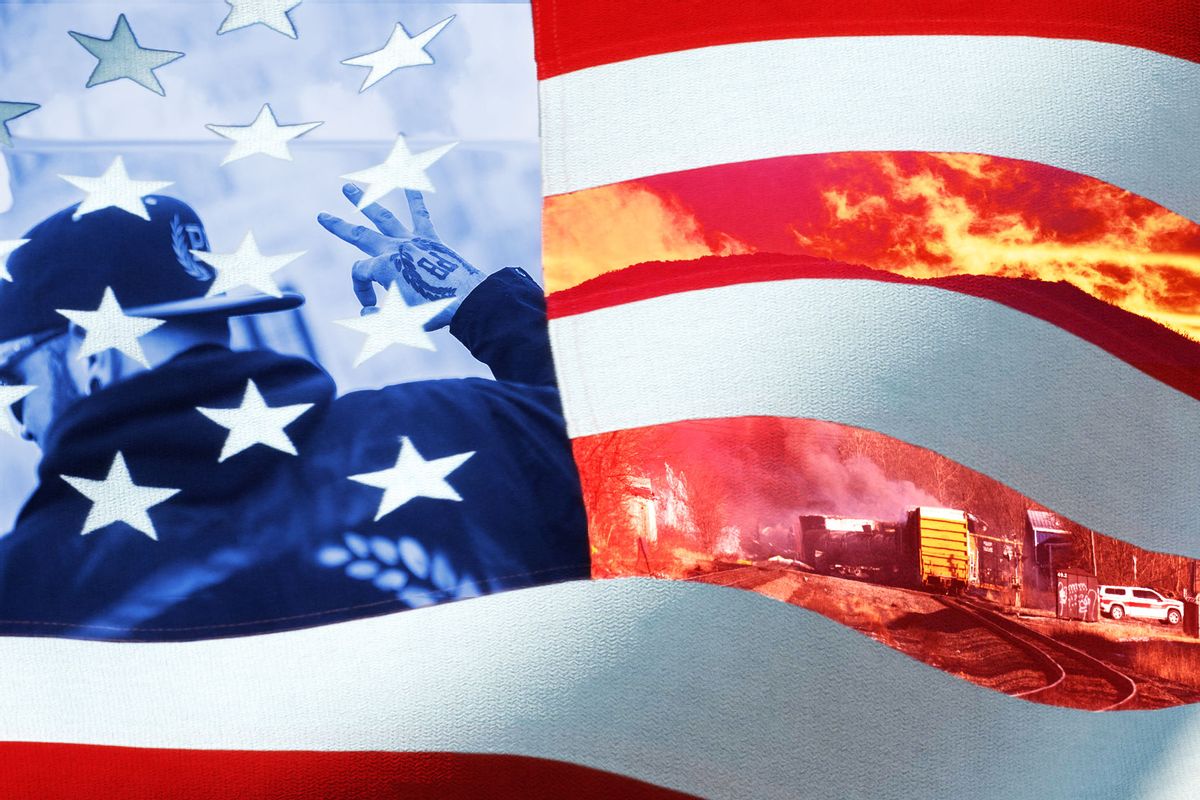
No history is mute. No matter how much they own it, break it, and lie about it, human history refuses to shut its mouth. Despite deafness and ignorance, the time that was continues to tick inside the time that is. — Eduardo Galeano
We live at a time in which apocalyptic visions have become normalized. Slow-motion catastrophes unfold as the planet experiences massive floods, storms, droughts, toxic air, poisonous water, wildfires, dust storms and other tragic disasters. The railroad disaster and massive toxic explosion in eastern Ohio is just the latest example. In the political realm, fast-moving crises portend nuclear war, ecological devastation and the rise of fascism across the globe.
Creeping calamities have become routine. They are matched only by a civic culture that is under siege by the apostles of neoliberalism promoting privatization, consumerism, anti-intellectualism and a brutal market ideology purposefully bereft of any sense of social responsibility. Americans now live in an age when historical consciousness no longer functions to inform the present and has become the target of white supremacists and a far-right Republican Party that is silent about the dark past that informs its authoritarian politics. As the violent terrors of the past tear into the present, Florida Gov. Ron DeSantis and his political allies enact school policies that freeze history in an ideological straitjacket, claiming they are liberating history when in fact they are denying it.
America is becoming a country that can no longer question itself, invest in the public good or imagine a future beyond the dreamscapes of the rich and ruling elite. Apocalyptic fears, uncertainties and anxieties feed a rising tsunami of violence that has become the organizing principle of governance, everyday life and society itself. American society is caught in the daily routines of lies, corruption and manufactured ignorance; one consequence is the withering of individual and social agency along with civic culture and the public imagination. American optimism has turned bleak. In the age of gangster capitalism, people lose their interconnections, community and sense of security. Isolation and anxiety gives way to mass depression and is ripe for expressions of rage and hatred. The guard rails of justice, compassion, the welfare state, politics, democratic values and the institutions that nourish them are under threat of disappearing. Apocalyptic terrors have moved from the realm of fiction into the social fabric of everyday life.
RelatedChelsea Handler, Kathy Griffin and more on finding resilience with comedyKeep Watching
Violence is the essence of authoritarianism; it is the symbolic, material and visceral breeding ground and expression of militarism, lies, hatred, fear and cruelty. It flourishes in societies marked by scandalous inequality, despair, unchecked precarity, lies, hate and cynicism. This is especially true in a society that is armed and militarized, and that embraces a war culture. One index is the epidemic of gun violence in the U.S. As Marian Wright Edelman, founder of the Children's Defense Fund, observes, it represents America as a death machine immersed in a culture and language of senseless brutality; it also represents the emergence of a fascist politics which provides the discourse of hate, bigotry and fear that feed an apocalyptic embrace of violence. The bodies of Black and brown people are no longer viewed as spaces of agency, but as the location of violence, crime and social pathology. There are no safe spaces in America. Edelman provides an example of the range and scope of such violence early into 2023:
Just a few days into the New Year America's gun violence epidemic is back under a harsh spotlight. The Gun Violence Archive, which documents the number of mass shootings in the U.S. in which four or more people are shot or killed in a single incident, counted 40 mass shootings in the first 25 days of 2023. This was 21 percent higher than in the previous two years and more than any January on record. Seventy-three people were killed and 165 more were injured in those mass shootings alone. Every day on average more than 100 people are killed and more than 200 others are injured by guns in our nation in assaults, suicides and suicide attempts, unintentional shootings, and police intervention. Gun violence is the leading cause of death for children in our nation. This is American exceptionalism at its worst.
Violence, especially regarding the killing of children — such as the mass killing at Robb Elementary School in Uvalde, Texas, that left at least 19 students dead, the child shot dead at Ingraham High School in Seattle or the "more than 338,000 students" who have experienced gun violence in their schools since the Columbine mass shooting in 1999 — can't be understood in the immediacy of shock and despair, however deplorable and understandable. Nor can it be reduced to personal narratives about the victims and shooters. The ideological and structural conditions that both nourish and legitimate it must be revealed both in terms of their connections to power and in the systemic unmasking of those who benefit from such death-dealing conditions. The culture of violence and the murdering of children as a national pastime cannot be abstracted from the business of violence.
Among Democrats, the general response to mass violence in the U.S. is to call for more gun regulations and to criticize the NRA, gun lobbies and the weapons industry. This is understandable given that the arms industry floods the United States with all manner of lethal weapons, pays out millions to mostly Republican politicians and, in the case of the NRA, has sponsored an amendment banning "any federal dollars from being used to research gun injuries or deaths in the U.S." Republicans, on the other hand, thrive in the culture of guns, white supremacy, the spirit of the Confederacy and an unchecked defense of the Second Amendment — a culture whose roots are in the long history of racial fascism.
Of course the search for profits at any costs drives the U.S. arms industry, the largest in the world. The cultural politics of violence is a powerful pedagogical force in America and cannot be ignored. Inundating the country with dangerous weapons is not simply a matter of convincing every adult that they should own a gun in order to protect themselves from migrants and people of color, or from Democrats who have been charged by QAnon conspiracy theorists of grooming children to be gay or kidnapping them in order to drink their blood as part of a Satanic ritual. There is also the vast general appeal to personal safety, security and the celebration and pleasure of gun ownership as a matter of identity formation. Consider Wee1Tactical Firearm Company, which markets the JR-15 rifle designed specifically for children. The gun is modeled after the infamous assault-style AR-15, with semiautomatic action firing, but is 20 percent smaller — in other words, a toy-scale replica of the weapon used in many mass shootings. The company's press release says it all:
Our goal was to develop a shooting platform that was not only sized correctly, and safe, but also looks, feels, and operates just like Mom and Dad's gun. ... The WEE-1 and Schmid Tool Team brought their collective experience in the firearms business… to launch the JR-15. We are so excited to start capturing the imagination of the next generation.
This is more than gallows humor covering pedagogical appeals to violence as a governing principle of security and daily life. In fact, Rep. Marjorie Taylor Greene, in the aftermath of the mass murder of 19 children and two teachers on May 24, 2022, in Uvalde, Texas, tweeted: "The kids at Uvalde needed JR-15s to defend themselves…. At least they could have defended themselves since no one else did, while their parents were held back by police." The call to arm children with semiautomatic rifles modeled on the AR-15 is beyond irrational; it is barbaric. Those opposed to a gun culture and mass violence should indeed criticize gun fanatics such as Greene, the gun lobby and the arms industry, but this critique does not go far enough.
In addition to high-profile mass shootings such as the one in Uvalde, there were two other hate-filled mass shootings in line with the racial and antisemitic hatred now blooming in the United States. The 2018 massacre at the Tree of Life synagogue in Pittsburgh by an antisemite, and the racist slaughter carried out by a youth nourished on white supremacist social media against Black shoppers in a Buffalo supermarket points to more than a culture awash in guns, hate and violence; it also points to a culture in which the drive for profits overrides any threat such greed may promote, even to children.
The pedagogical force of culture is a crucial political element of power in the U.S., an important site where struggles over power and ideas now merge. It has become a sphere where the formerly tacit assumption about the public sphere belonging to white people has now become normalized as a badge of patriotism. Neoliberal capitalism has become apocalyptic and utterly dystopian, and in its fascist phase expands the landscape of violence by trading in hatred, bigotry and violence both as spectacle and as a killing mechanism.
Neoliberal capitalism has become apocalyptic and dystopian; formerly tacit assumptions about the public sphere belonging to white people have become normalized as "patriotism."
Racist violence, in particular, has become visceral, unhinged and ingrained in the institutions that are designed to serve and protect the public. This was evident in the savage beating and death of Tyre Nichols, a 29-year-old FedEx worker, at the hands of five Memphis police officers. His deadly beating is indicative of how deeply embedded the culture of violence is in American police departments. Nichols was stopped for an alleged traffic violation, dragged from his car, punched and tasered. While he was handcuffed, lying helpless on the ground, "one officer kicked him in the head and then did so again." Another officer pulled him up from the ground while another struck him repeatedly with a baton. Videos from the cop's body camera and a street-mounted camera show Nichols asking why he was pulled over, stating that he just wanted to go home and then, in the midst of the attack, calling out for his mother. It was heartbreaking and terrifying, and offers a signpost of the systemic violence being waged against Black people by police forces in the United States.
The racist nature of Nichols' killing is bolstered by numerous reports that make clear that Black people are disproportionately stopped, searched and arrested by police when routinely pulled over for traffic stops. The disparity in how the police treat Black and white people under similar circumstances was highlighted vividly by Washington Post columnist Eugene Robinson in his comparison of how the police treated Nichols versus their arrest of Dylann Roof, the white racist who killed 19 Black churchgoers in Charleston, South Carolina, in 2015:
Roof fled all the way to North Carolina and was known to be armed and dangerous. Yet police officers, acting on a tip, apprehended him at a traffic stop without incident and without a scratch. And when Roof complained about being hungry, police in Shelby, N.C., bought him food from a nearby Burger King. Those officers in Memphis — who have been charged with second-degree murder — didn't have to treat Nichols to a Whopper. But they could have listened when he explained that he was going to his mother's house, just a few hundred feet away
The numerous deaths of Black people at the hands of the police are part of the historical DNA of an apocalyptically violent culture of policing in the United States. As Simon Balto observes, the problem of policing needs to focus on the institution and the culture, not the individuals who commit violence. Balto adds that the beating of Nichols was not the work of rogue cops. It has to be understood as part of the "institution" and culture "that trained [them] to be violent, paid [them] to be violent and paid [them} to train others to be violent.… Police are trained … to use coercive force, are trained to use deadly weapons…. Violence, coercive force, the carry and use of deadly weapons — all of these are central to 'proper policing' as the institution of policing in this country currently exists."
Violence is not random in the U.S. It is systemic, pervasive, racist and deeply embedded in a fascist politics. It takes place in schools, supermarkets, gyms, dance studios and parades. Although everyone is a potential target, people of color suffer disproportionately from state violence. This apocalypse of violence is amplified by a modern Republican Party that is utterly wedded to destroying the welfare state, accelerating the range of groups considered disposable and imposing a white Christian nationalist state on America while expanding a bloated military and arms industry. Capitalism is now fully mobilized as a death machine and the Republican Party is committed to turning the United States into a fascist state.
In an age in which indoctrination and propaganda are waging an assault on all forms of education including schools and larger social and media apparatuses, the far right and corporate erasure of knowledge has become a form of intensifying violence. For instance, the notion of systemic racism, violence, oppression and inequality is anathema to the far right. This is clear in Donald Trump's 1776 Commission, which touted "patriotic education," a view of education that rejected any indication of systemic oppression in U.S. history.
The notion that the U.S. has never practiced systemic discrimination is also evident in policies passed by right-wing legislators "prohibiting teachers from talking about patterns of racism" and devoted to removing "from classrooms and school libraries books whose subjects must overcome systemic discrimination." However false and blatantly propagandistic this whitewashing of history is, the power of the far right in cleansing the history of racism and other forms of oppression has a long reach. One example that stands out is the final version of the AP African-American Studies course in which the word "systemic" was eliminated from previous versions of the course. According to Nick Anderson, writing in the Washington Post:
The February 2022 version declared that students should learn how African American communities combat effects of "systemic marginalization." An April update paired "systemic" with discrimination, oppression, inequality, disempowerment and racism. A December version said it was essential to know links between Black Panther activism and "systemic inequality that disproportionately affected African Americans." Then the word vanished. "Systemic," a crucial term for many scholars and civil rights advocates, appears nowhere in the official version released Feb. 1.
The College Board has denied being influenced by right-wing critics of the AP course such as DeSantis, who claimed the course lacked educational value and contributed to a "political agenda." However one wants to parse this issue, it is difficult to believe that the barrage of right-wing complaints about not just the AP course, but the inclusion of any knowledge about race in American history, had no effect on the final version of the AP course.
Violence is not random in America. It is amplified by a Republican Party devoted to destroying the welfare state and imposing a Christian nationalist autocracy.
As Keeanga-Yamahtta Taylor has noted, while it is certainly conceivable that the preliminary version of the class would have been revised, it is "unbelievable that right-wing complaints did not influence the final outcome." Of course, the real issue here is not whether the College Board has engaged in a politics of historical erasure, but that it is symptomatic of an "anti-woke" attack on knowledge, critical pedagogy and radical ideas regarding racism that has a lengthy history in the U.S. but has been aggressively pursued in the age of Trumpism. The larger issue here is a right-wing assault on critical thought and the production of an age of stupefaction in which young people are being groomed to embrace conformity and forms of historical and civic illiteracy. The forces that created fascism are with us once again.
Under neoliberalism, democratic life has no vision and no meaningful ideological civic anchors. Neoliberalism strips society of both its collective conscience and democratic communal relations. Violence proliferates in a society when justice is corrupted and when power works to produce mass forms of historical and social amnesia largely aimed at degrading society's critical and moral capacities. Civic culture is under attack by a gangster capitalism that, as Jonathan Crary notes, promotes "the massive erasure and disabling of historical memory, and the parallel corruption and falsification of language and public forms of communication, [both of which] are complicit in the perpetuation of violence on a mass scale."
Neoliberalism can no longer deliver on its promises of social mobility, economic prosperity and a meaningful life for people. Its barbaric celebration of profit over human needs and culture of cruelty has reached its endpoint, which is a fascist politics that blames the breakdown of the social and economic order on Blacks, Muslims, Jews and migrants. It is essential to acknowledge that the turn to fascist politics provides ideological cover and support for a Republican Party that has morphed into an upgraded form of fascism aimed at creating a white Christian nationalist state. The GOP's war on Black people, young people, migrants, women and transgender people now creates a diversion and spectacle that enables the corporate elite and economically powerful to hide in the shadows of mass hatred, dehumanization and bigotry. All that is left is a discourse of dehumanization and the increasingly normalized view that violence is the only tool left to solve social problems while the punishing state becomes the default institution for addressing social problems.
Apocalyptic imaginings no longer address crises that could be avoided. On the contrary, they have morphed into the sphere of the hysterical and unimaginable. As the social sphere is shredded, politics experiences its own destruction, accompanied by the rise of extremist groups and a public drawn to racist and xenophobic rhetoric and actions. In this instance, violence is increasingly aligned with a politics of cultural and racial purification. As violence is disconnected from critical thought and historical contexts, ethical sensibilities are neutralized, making it easier for right-wing extremists to appeal to the alleged exhilaration, experience of pleasure and gratification provided by the abyss of moral nihilism, lawlessness and the operation of power in the service of mass aggression.
Violence thrives on historical and social amnesia. Hence, the current right-wing attacks on public education, dissident journalism, books, African American history and critical ideas represent a fundamental attack on the public imagination and those institutions in which critical thought nourishes critical and actively involved workers, writers, educators, Black power movements and others fighting
The GOP's war on Black people, young people, migrants, women and LGBTQ people is a spectacular diversion, allowing the corporate elite to remain in the shadows.
In moments like these, it is crucial to remember that justice is partly dependent upon the merging of civic courage, historical understanding, a critical education and robust mass action. There is a recurring history of resistance in America that is under siege and is being erased from schools, books and libraries by right-wing Republican politicians and their followers. This is not only an assault on historical consciousness; it's also an assault on thinking itself, along with the very ability to recognize injustice and the tools needed to oppose it. One consequence is that neoliberal authoritarianism now thrives in an ecosystem of historical amnesia and has become an accelerating agent of violence.
In an age of apocalyptic violence, memory is erased, historical consciousness is banished from schools and critical ideas are labeled as unpatriotic. Fear, manufactured ignorance, engineered panics and a paranoid racist politics draped in the language of white nationalism and bigotry are now imposed on schools in the name of "patriotic education." This is the violence of a formative culture that embraces racial cleansing, a white nationalist notion of citizenship and the undermining of the public and civic imagination. Its endpoint is a rebranded fascism.
As the United States tips over into the abyss of fascism, state violence must be interrogated within the historical conditions that have both legitimated and normalized it over time. It must be viewed with a long durée of neoliberalism and racist violence that has become normalized in almost every aspect of daily life. The militarization of American society is now readily embraced and revealed in its turn toward a fascist politics. As long as we allow neoliberal capitalism to disconnect the fascist past from the present, the violence will continue as a matter of common sense.
The histories of repressed others must be made visible, along with the struggles and resistance they have waged against such repression. In this instance, the apocalypse of violence must be addressed not through limited reforms but through a call for eliminating a capitalist society whose history only leads to mass suffering, staggering inequality, endless injustice and fascism itself. Labor historian Michael Yates is right in stating that "The long rule of capital has created profoundly alienated conditions for nearly all of humanity [and we] cannot afford to settle for incremental changes….The radical upending of the social order is now hard headed realism, the only path forward." The struggle for revolutionary socialism is no longer a utopian longing. It is an urgent necessity.
Read more
from Henry A. Giroux on education and politics:
Right-wing authoritarianism is winning — but higher education is where we can fight back
Fighting back against the age of manufactured ignorance: Resistance is still possible
By HENRY A. GIROUX is University Professor for Scholarship in the Public Interest and Paulo Freire Distinguished Scholar in Critical Pedagogy at McMaster University in Hamilton, Ontario. He is the author of numerous books, including "America at War With Itself," "On Critical Pedagogy" and "American Nightmare: Facing the Challenge of Fascism." His newest book, "Race, Politics, and Pandemic Pedagogy: Education at a Time of Crisis," was recently published by Bloomsbury.


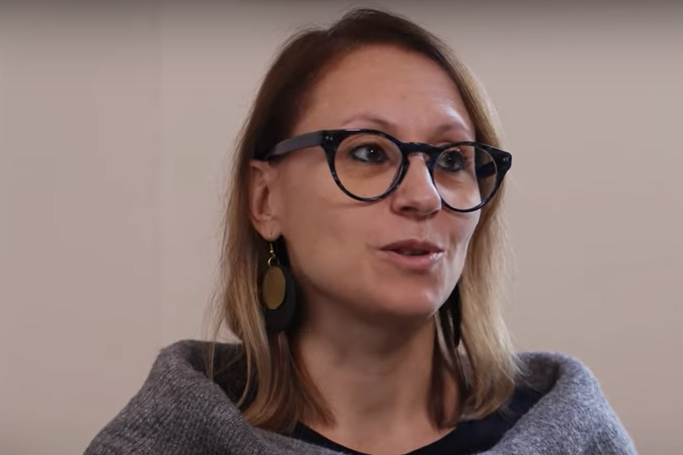
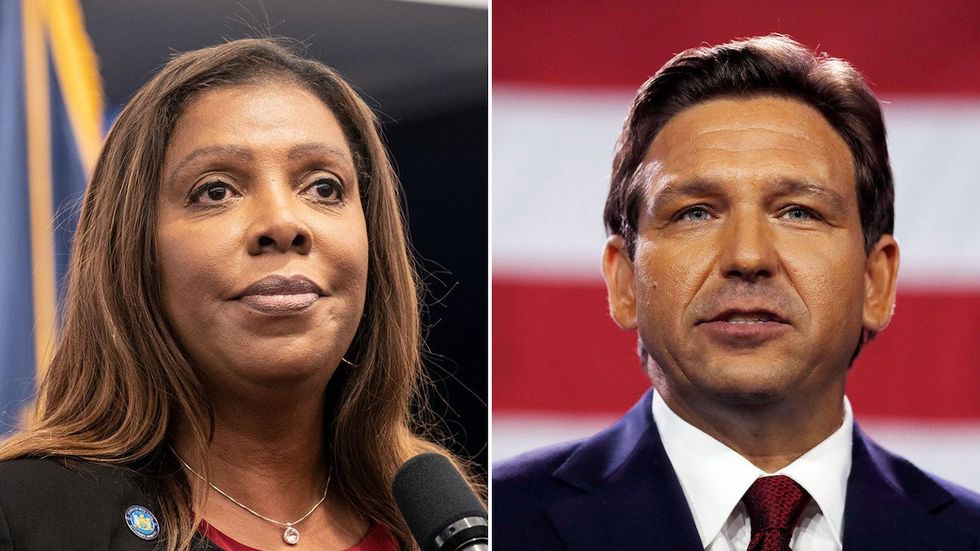

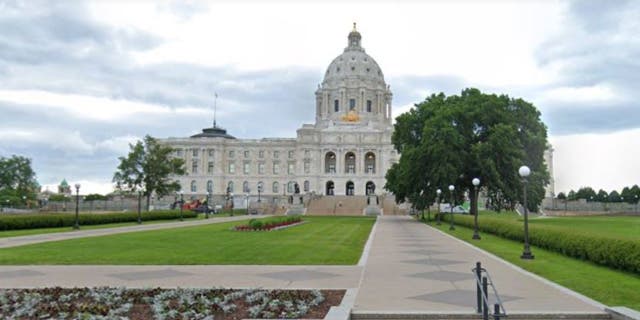

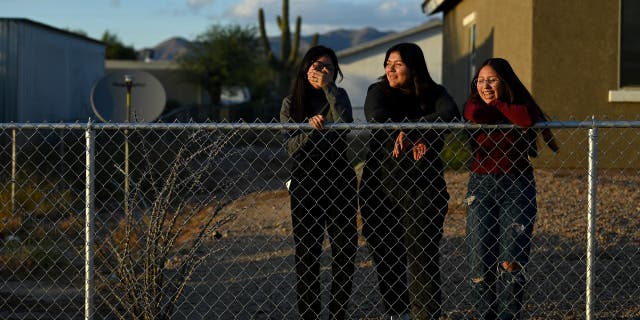




.gif)

